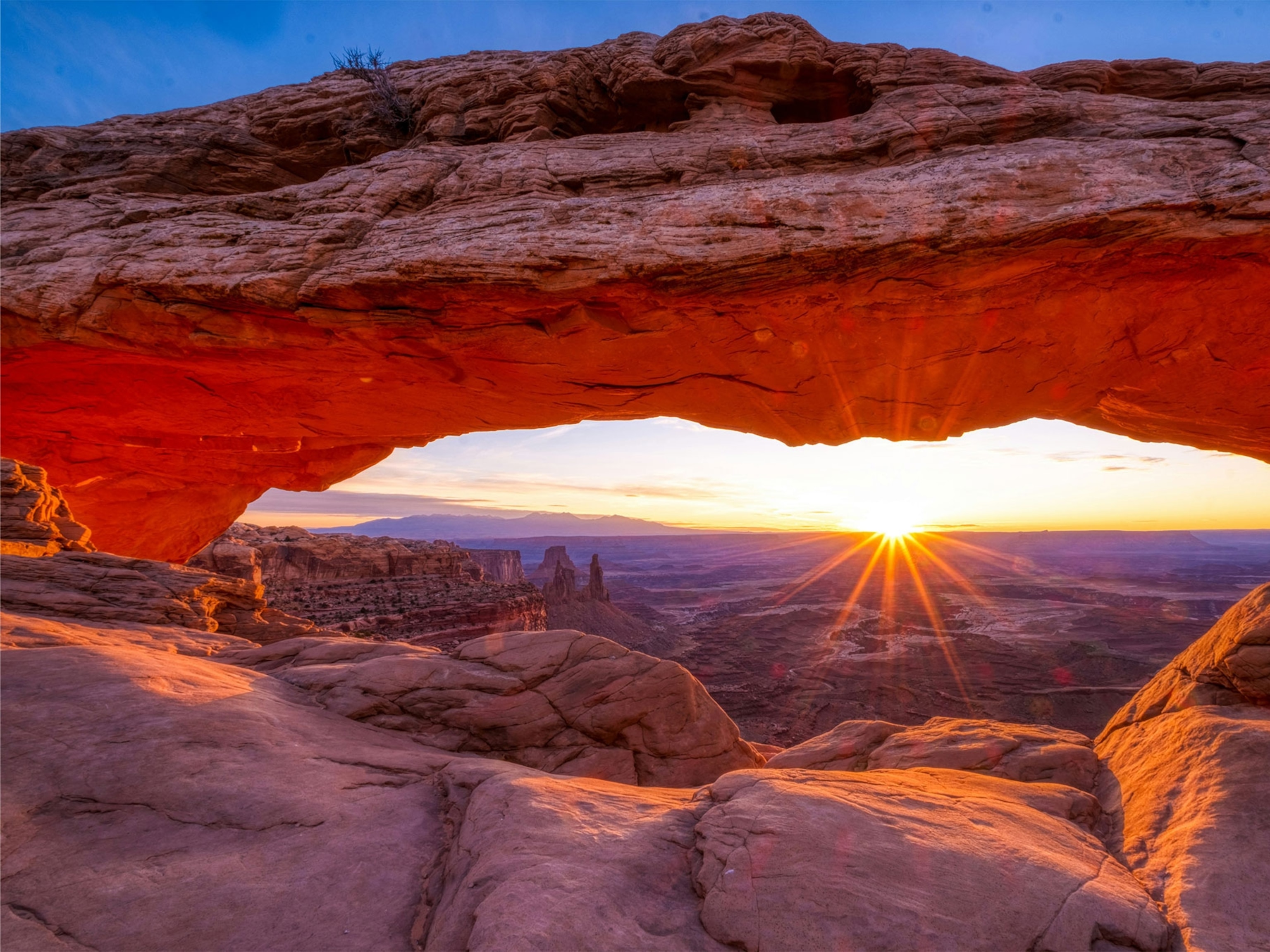
How to plan an autumn road trip through France’s Dordogne Valley
Gold-tinged forests, warm evening light and a bounty of autumnal produce — there’s no better time to explore this picturesque swathe of southwest France.
The Dordogne is one of France’s best destinations for autumn. The forested banks of the eponymous river turn a riot of colour at this time of year, and the lanes of its golden-stone villages are bathed in rich, equinoctial light. It’s a time to indulge, too, for local markets abound with produce: glossy vegetables, golden walnut oil, tins of duck confit and local wine.
This corner of southwest France is best experienced on a four- or five-day road trip, starting in Bergerac and ending in Brive-la-Gaillarde, following the Dordogne as it loops past vineyards, clifftop chateaux, immaculate gardens and mysterious subterranean caves along the way. The valley continues into the Lot department [ED: do we need to explain what departments are?], where its banks have been home to walnut groves for a millennium. From nut-studded bread to nutty oils, this humble nut is particularly celebrated in the town of Martel, where the most delicious reward at the end of a day’s exploring is a glass of vin de noix (walnut wine), sipped on a restaurant terrace in the evening sun.
1. Chateau de Monbazillac
Toast the start of a trip with a glass of local wine at the turreted Chateau de Monbazillac. The rich, golden, honey-noted Monbazillac dessert wine develops its sweetness thanks to so-called ‘noble rot’, a type of fungus that has been deliberately cultivated because it causes the grapes to shrivel like raisins. Keen to learn more? The chateau’s new Pavillon des Arômes gives visitors the chance to taste under the guidance of wine experts.
2. Gouffre de Proumeyssac
The Dordogne is pocked with extraordinary caves, from the exquisite replica of the cave paintings at Lascaux IV to the Rouffignac’s ‘Cave of the 100 mammoths’. The Gouffre de Promeyssac is up there, too, and allows visitors to descend into the vast underground cavern known as the ‘Cathedral of Crystal’ in a gently rotating basket (like that of a hot-air balloon). As you descend, you’ll have a 360-degree view of the awe-inspiring and beautifully lit stalactites and stalagmites, but those who prefer to keep their feet on solid ground can take it all in from designated pathways.

3. Les Jardins de Marqueyssac
If nature is to thank for the caves, then the Jardins de Marqueyssac are all down to human creativity. At the Jardins Suspendus (‘overhanging gardens’) of Marqueyssac, there are an incredible 150,000 boxwoods hand-clipped into myriad domes and spheres set in the grounds of a small 19th-century chateau. The rest of the gardens are enchanting, too, with all paths leading to the belvedere, which has an incredible view of the Dordogne Valley from its 630ft-high balcony. Time your visit with one of the evening events, which sees the topiary illuminated by candlelight.
4. Sarlat-la-Canéda
A short drive away — at the heart of the Dordogne — is the medieval town of Sarlat-la-Canéda, where superb markets are held each week on Wednesdays and Saturdays. Food-lovers will revel in the local produce available; in autumn, this means walnuts in all their glory, such as gateaux de noix (walnut cakes) and fragrant bottles of walnut oil. Toasted chestnuts are another highlight, as well as the voluminous pumpkins and other fresh vegetables. On Saturdays, crafts, brocante (second-hand goods) and clothes are also on offer.
5. Rocamadour
Trace the Dordogne east to the awe-inspiring pilgrimage site of Rocamadour, whose tiny houses and monastic buildings are pinned to a cliff overlooking the River Alzou, a tributary of the Dordogne. The stone and half-timbered houses, steep lanes and dramatic geography make it a true sight to behold, and a spiritual one, too; follow in the footsteps of pilgrims and visit the Chapelle Notre-Dame and its statue of the Black Madonna. For the best view, drive or walk to the other side of the gorge to see the village in panorama.
6. Martel
Call in to the heart of the Lot department’s walnut trail. This is the place to pick up some of the region’s nuttiest produce, from walnut breads to walnut wine. Don’t leave without a visit to the Moulin Castagné walnut mill, where a huge stone millwheel trundles around its base, crushing the nuts from the family’s estate for oil. In nearby Souillac, the Distillerie Louis Roque makes a delectable walnut liqueur called La Vieille Noix, as well as its celebrated plum aperitif La Vieille Prune.
Did you know?
Walnuts are harvested in October and it’s done tree by tree; a clamp is attached around the trunk and attached to a tractor, which revs its engine on full throttle to shake the tree and release the nuts.
Published in the October 2022 issue of National Geographic Traveller (UK)
Follow us on social media
Twitter | Facebook | Instagram





